Early in my planning process, as I was dreaming of seeing the mountains and fjords of Chile’s south coast, I read in a guidebook that there was a cargo ship that took passengers along for the ride. Since I have previously taken car ferries up the Inside Passage of Alaska, and a cargo ship up the coast of Norway – and relished in both of those experiences – I immediately added this form of transport to my plans.

Navimag started as a cargo shipping company in 1979, carrying goods between Puerto Montt and Punta Arenas, Chile. By 1985, they were taking passengers along this route as well. Today, the Navimag Ferry travels south 2,200 km (1,367 miles) for 4 days and three nights from Puerto Montt to Puerto Natales, Chile. They take twelve hours to unload and reload cargo as well as passengers, then they make the trip north again. Because this is an important route for shipping all kinds of cargo to the remote parts of South Patagonia (including live animals such as cows and sheep), the ship runs year around. Passengers however, are only invited on board during the summer tourist season between November and March. In 2020, Navimag christened a new ship, the Esperanza, which is the ship I called home. It can carry up to 244 passengers, but there were only about 50 of us on board with the crew. At an average of 13 knots per hour, we had plenty of time to get to know each other, and enjoy the beautiful scenery along the way. It was delightful.






Navimag is definitely not a fancy cruise ship. It’s is a cargo ship, with a simple but nice lounge, dining hall and bunk-bed rooms for passengers. I appreciated the crew’s attempt to get into the Christmas spirit, but I wondered why the Christmas tree was tied down? The answer became obvious the next day.




Ofcourse, the reason to take the Navimag is for the amazing views! Even in the drippiness of Chile’s coastal temperate forest, we were able to enjoy light for about 20 hours each day during the December 21st Summer Solstice.


















During the four days of sailing through very remote coastal fjords, we only saw one town and it was here we made our only stop. Puerto Eden is a traditional fishing village that depends upon the Navimag Ferry to bring in their supplies as it passes by, in either direction, every four days. As soon as we pulled into the bay, several smaller fishing boats made their way out to us. The Navimag deckhands lowered the back loading ramp and the small boats tied up to it. The locals climbed aboard and headed into the cargo area of our ship to claim their groceries and mail-order items. We saw lots of boxes of potatoes, onions and tomatoes being carried off as the villagers were obviously preparing for their Christmas meals.






On another day, the Captain invited us up to the pilot house to see his operations. It was all very interesting!




Most of the route we traveled is heavily protected by islands where the seas are quite calm. However, from the moment we arrived on board, we were warned again and again about an 8-hour stretch in open seas across the Golfo de Penas. The crew even passed out sea-sickness pills to anyone who wanted them. (Obviously, they didn’t want to clean the deck afterwards!) I used only my bracelet Psi Bands which push against a pressure point in my wrist to reduce nausea. They worked fine as long as I didn’t look outside. So here’s a video of our rough water crossing that I took without looking at my camera. The captain told us later that the waves were not bad, only about 12 feet high!
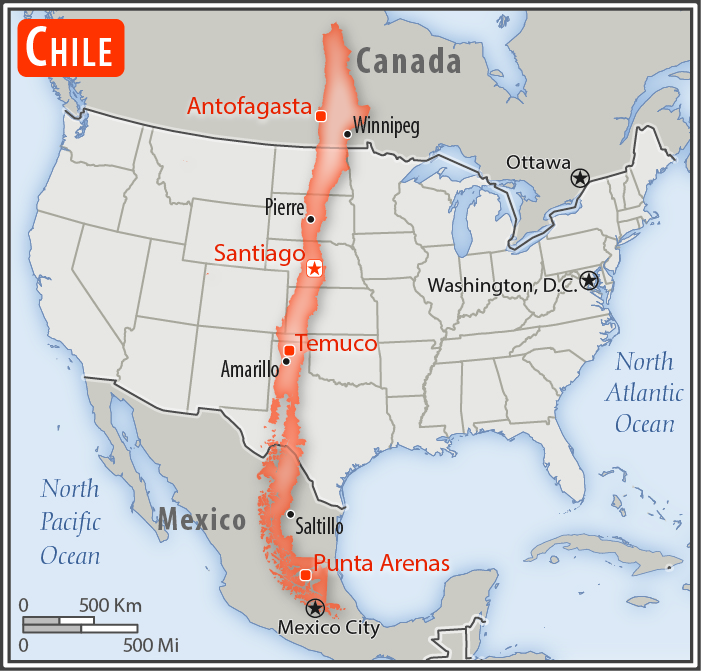

So, while cruising along for four days, I had plenty of time to wonder about Chile. Here’s a little 101 for all things I learned about this great country:
Chile’s Geography:
Chile is a long, narrow country at the south end of South America. In fact, it is the southernmost country in the world, and the closest to Antarctica which lies about 400 miles further to the south. Chile is bordered on the north by Peru and Bolivia, the west and south by the Pacific Ocean, and to the east lies the rugged Andes Mountains and Argentina. Nineteen million people call Chile home, with over 40% of them concentrated in the central region around the capital city of Santiago. A final geographic note is that Chile claims about 480,000 square miles of Antarctica. On a United States Map, Alaska and Hawaii are usually captured as insets. On a map of Chile, they display their portion of Antarctica as an inset. That is really cool to me!


Chile’s Climate:
Because Chile is so long, it encompasses several different ecosystems. Parts of its north and central regions are considered mediterranean in climate, but the Atacama desert is the driest place on Earth. The southern coast can be drippy (think Southeast Alaska), but just a few kilometers away are mountainous zones which are categorized as dry alpine tundra. The fact is that wherever you go in Chile, the climate is heavily influenced by the winds and the ocean currents.
What’s Chile Famous For?:
Wild landscapes, wine, craft beer, pisco sours, seafood, poetry, fútbol, skiing, and lots of sheep!
Chile’s History and Government:
“The Republic of Chile has a long history of representational democracy. However, during the 1960s and 1970s, the country experienced severe left-right political polarization and turmoil. This development culminated with the 1973 Chilean coup d’état that overthrew Salvador Allende‘s democratically elected left-wing government and instituted a 16-year right-wing military dictatorship of Augusto Pinochet that left more than 3,000 people dead or missing.[15] The regime ended in 1990, and Chile has had a stable government ever since.”
https://dbpedia.org/page/Chile
Today, Chile is one of the most economically and socially stable nations in South America, and it is considered one of the safest countries in the world. It is well known for its universities and its highly literate society producing the likes of Isabel Allende, a renown author, and two different Chilean poets who won the Nobel Prize for Literature (Gabriela Mistral and Pablo Neruda). Chile also has good systems for healthcare, public welfare, and political freedoms for its citizens. It is a predominantly catholic country, but there is a significant population of Mapuche Indians who practice their own belief system.
Chile’s Economy:
I haven’t seen much of the inland countryside of Chile yet, but it is already abundantly clear to me that Chile has an extractive resource economy concentrated in mining, agricultural production, and seafood.
Chile’s mountains are rich in minerals and they have a very proud mining industry throughout the country. First, it is number one in the world for copper production, making up 29% of all copper in the world. Chile is also the second largest producer of lithium, and is the number one producer of iodine, sodium and potassium nitrate. It seems that every Chilean tourist whom I’ve met in my travels has something to do with the mining industry. They are the ones who can obviously afford summer vacations.


Chile’s main agricultural exports include wine, pork, poultry, and forestry products. In the central, more temperate region of Chile, they grow a lot of cereals, corn, vegetables and all varieties of pitted fruits such as cherries, grapes, peaches, plums and nectarines. These fruits are heavily exported, but I’m enjoying fresh Rainier Cherries and nectarines again! In southern Chile, where the harsh conditions make it hard to grow crops, sheep ranching is everywhere and the wool products are beautiful!
The fishing industry is also king here in Chile where sardines, jack mackerel, chub mackerel, hake, and anchovies make up most of the catch. Fish fillets are another chief export of Chile.
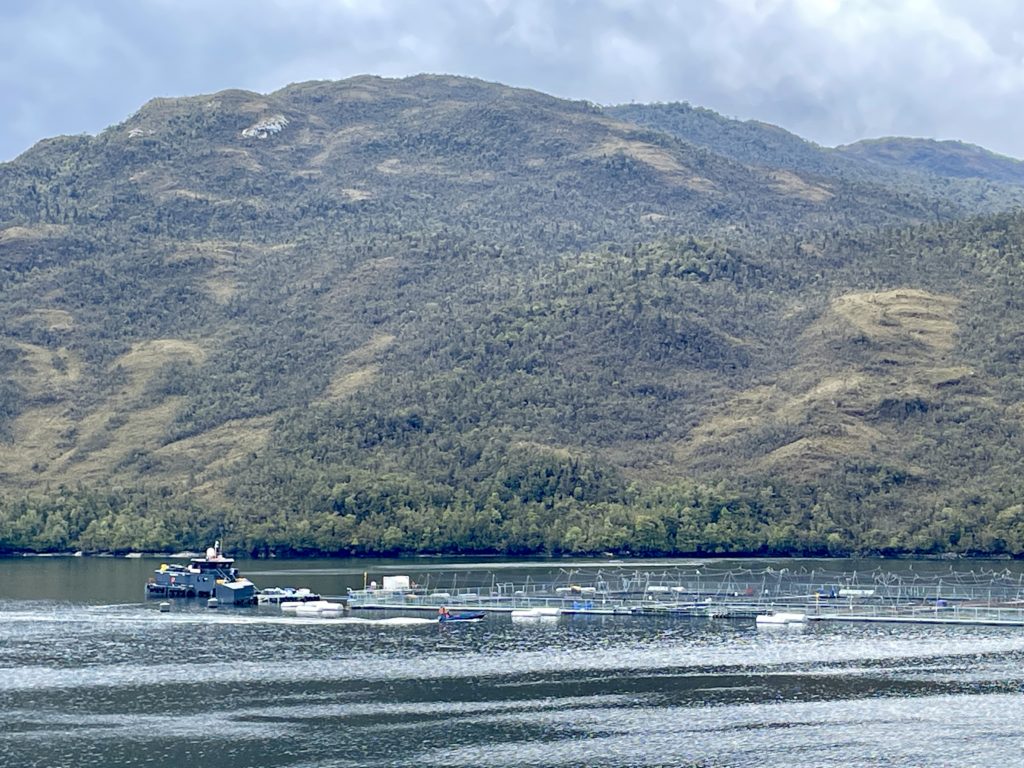

The most important fishery in Chile however, is salmon! Along the Navimag route, we got a first hand look at the salmon farming industry of Chile. There were so many mobile salmon farms in the bays and narrow fjords. Why are they mobile? Well, once the fish farm has polluted the waters in one place (with chemicals and a concentration of fish feces), they can move their caged habitat to another location. I learned that over half of the salmon imported into the US comes from Chile, a 1.8 billion dollar industry. This is a boom for Chileans, but not so much for their environment. Here’s a summary I found online:
“Salmon farming in Chile has grown to become one of the nation’s top trading exports. Chilean salmon farming now produces “25% of the world’s supply” with more than 1,000 fish farms in operation. It also created 61,000 jobs. In recent years, however, the practice has come under fire due to the overuse of antibiotics and environmental damage to surrounding wild fisheries. Chile’s aquaculture has brought in much-needed revenue to the economy. However, it has also threatened many impoverished indigenous communities, such as the Kawésqar, who have lived in Patagonia for thousands of years. Chile’s fragile ecosystems and artisanal fishing culture are at risk of being degraded from the country’s poorly regulated farmed salmon industry.”
https://borgenproject.org/salmon-farming-in-chile/






I do know that some Chilean coastal communities have fought off the salmon farming in their area and there are a lot of powerful environmental organizations down here trying to help the industry initiate better practices. But as with any resource extractive industry that is in itself a conflict between the economy and the environment, it’s a very complicated problem to solve.
Chile’s Tourism:
For me, and a few other million tourists each year, Chile’s best attraction is its environment which is filled with incredibly dramatic and diverse landscapes: rugged mountains and volcanoes, enormous glaciers, vast forests, deep fjords, and the driest desert in the world. It’s all so extreme! I have so much more to see in Chile, but the mountains of Southern Patagonia proved to be a great place to start!










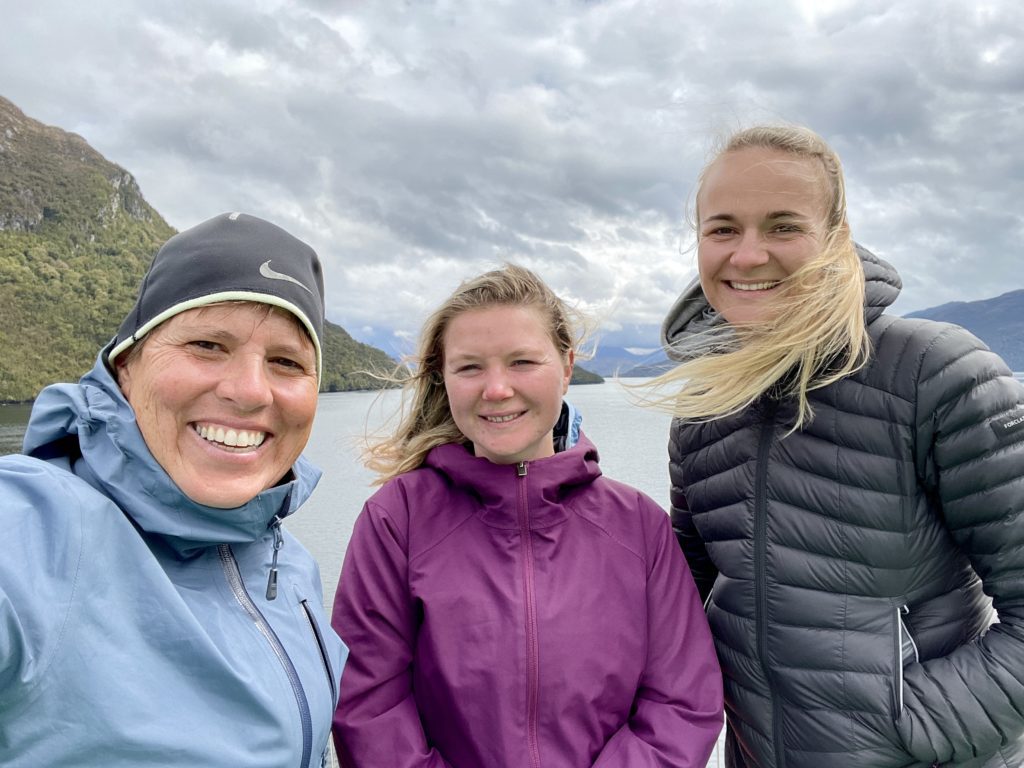

I had a lovely four days traveling on Navimag and learning all about Chile. But as usual, it was my hosts and fellow travelers that made it so much fun.
My roommates for the trip included Maegan from Victoria, Canada and Val from Basel, Switzerland. They are both solo women travelers enjoying South America for a few months.
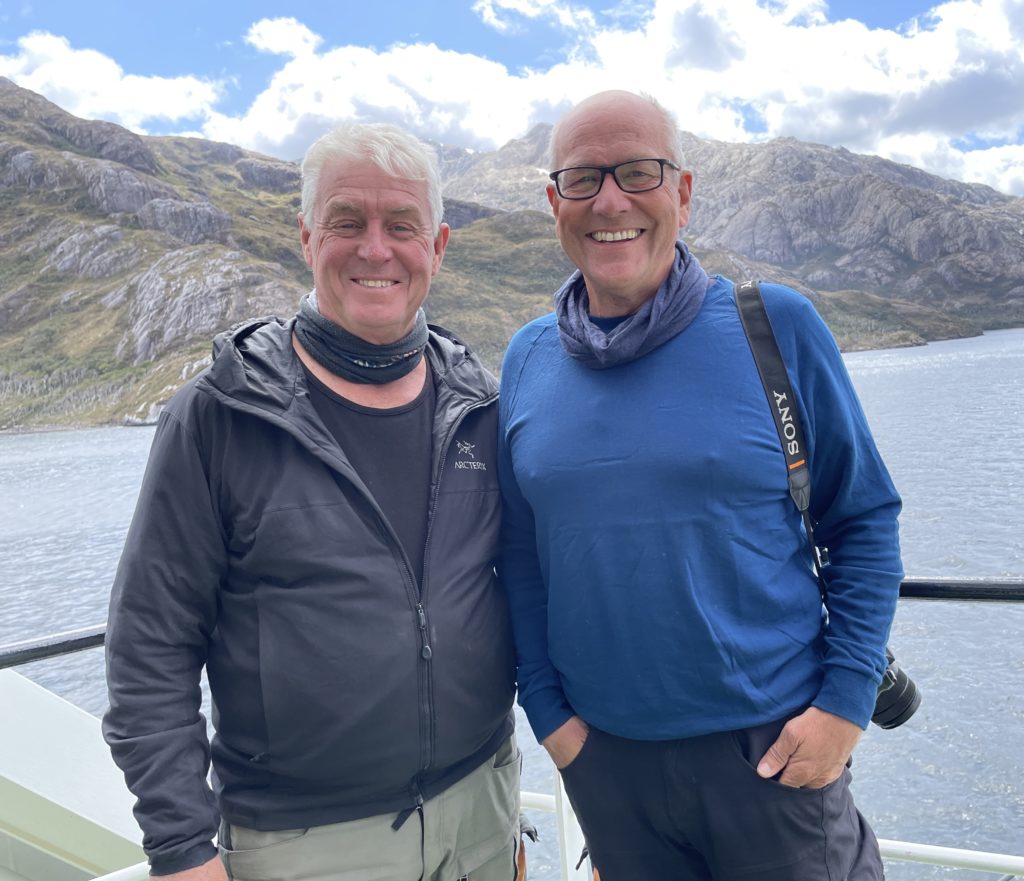

Steve and Wolfram are motorcycle buddies that have traveled much of the world on their two wheels. Wolfram is actually from Berlin, Germany and for this trip he shipped his motorcycle to North America, rode to Alaska and started a five-month journey south. Steve is from Ohio and met up with his friend in the western United States to continue the journey together through Central and South America. As we were almost at the southern tip of the continent, their journey was coming to an end. They both had some great stories to tell!


Sebastian was our English speaking tour guide on the Navimag Ferry, always searching the horizon for wildlife. He works every single day on the ferry throughout the summer season, just to support the tourists. I told him I wanted his job next year, but apparently, you have to be born in Chile to work for Navimag. Bummer for me!
After four days on a dry ship, my group of travel friends decided to continue our fun at the ‘southernmost distillery’ in Puerto Natales. The next morning, we all dispersed in different directions to continue our own travels, but Navimag gave us some great memories along our journey!
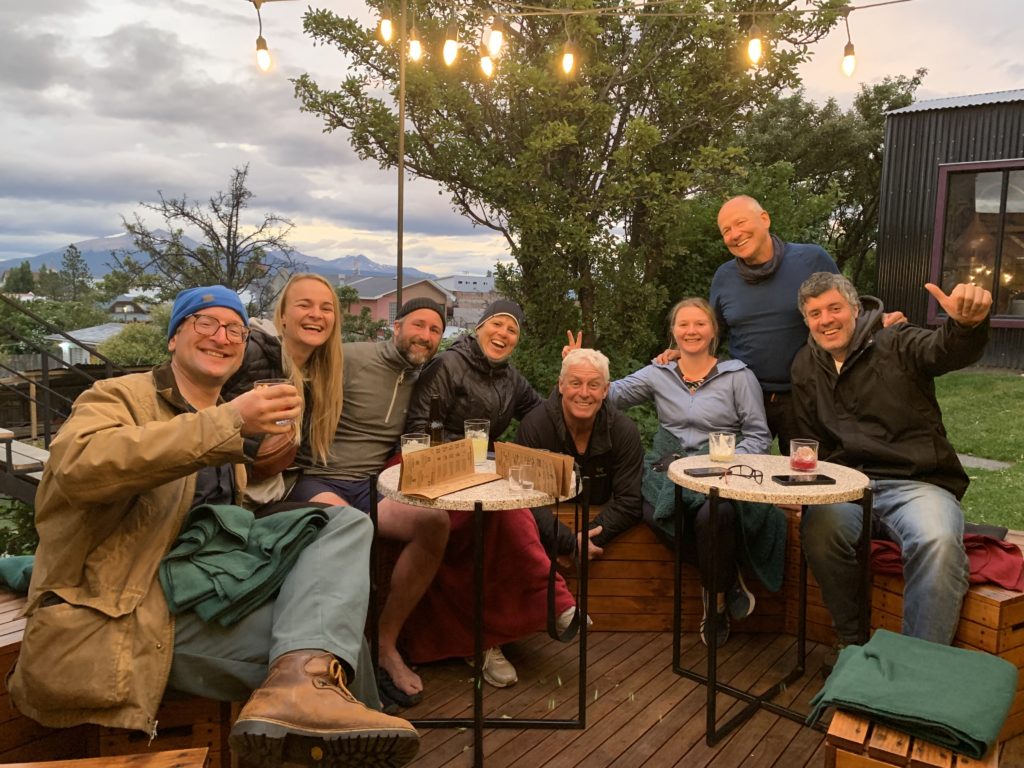

Maegan (Victoria, Canada), Wolfram (Berlin, Germany), and Francisco (Santiago, Chile).
Being this far south in the summer, the sun sets very late. This picture was taken after 11:00pm.

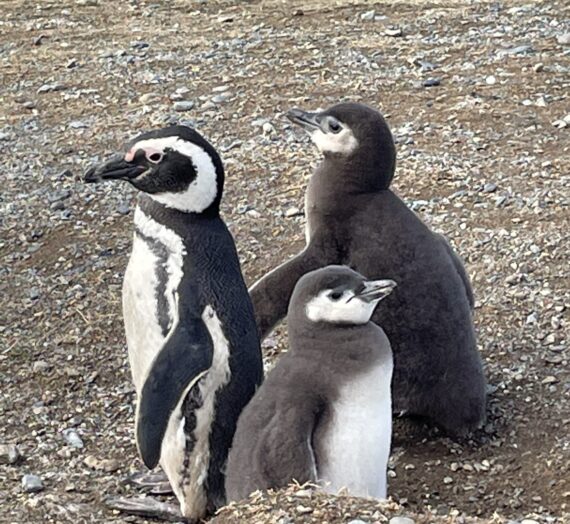
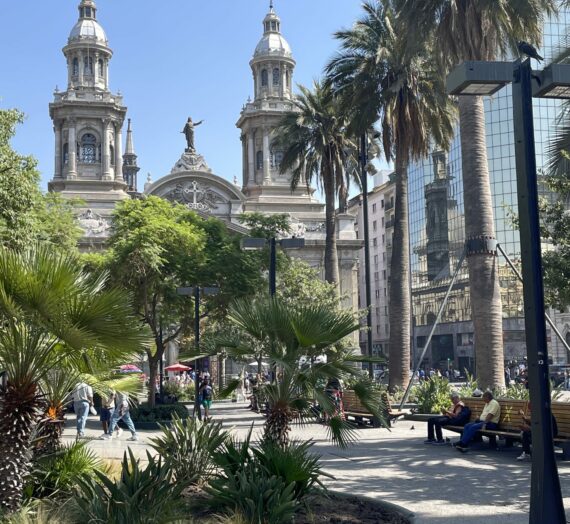
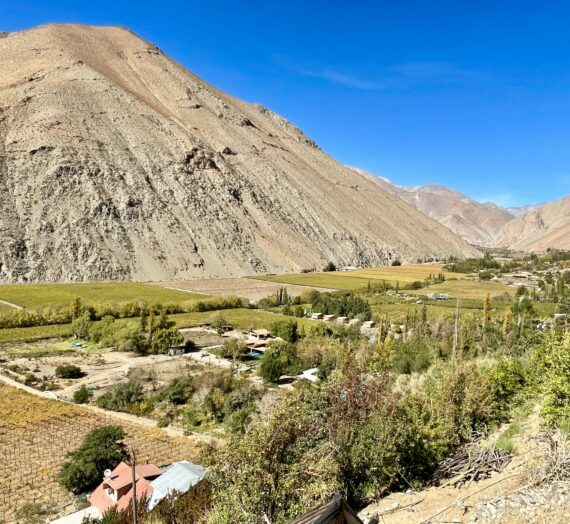
Gayle Warberg
The journey on the Navimag looked amazing! Such a unique perspective! Chile is gorgeous!
Sue
Wow! Great description of your fun adventures!!
Stephanie
So cool! Thanks for taking us on this ride with you! Lots of love, Steph